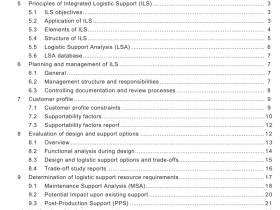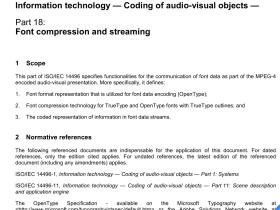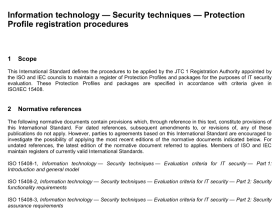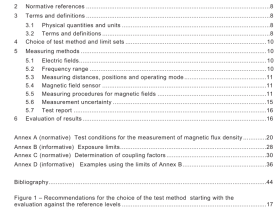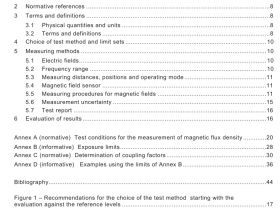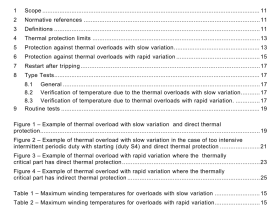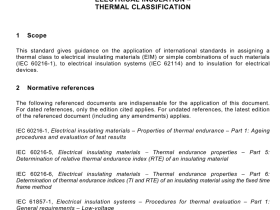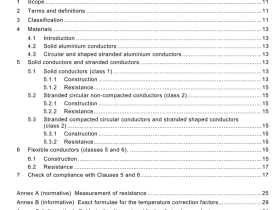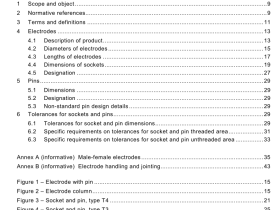IEC 61158-3-21 pdf download
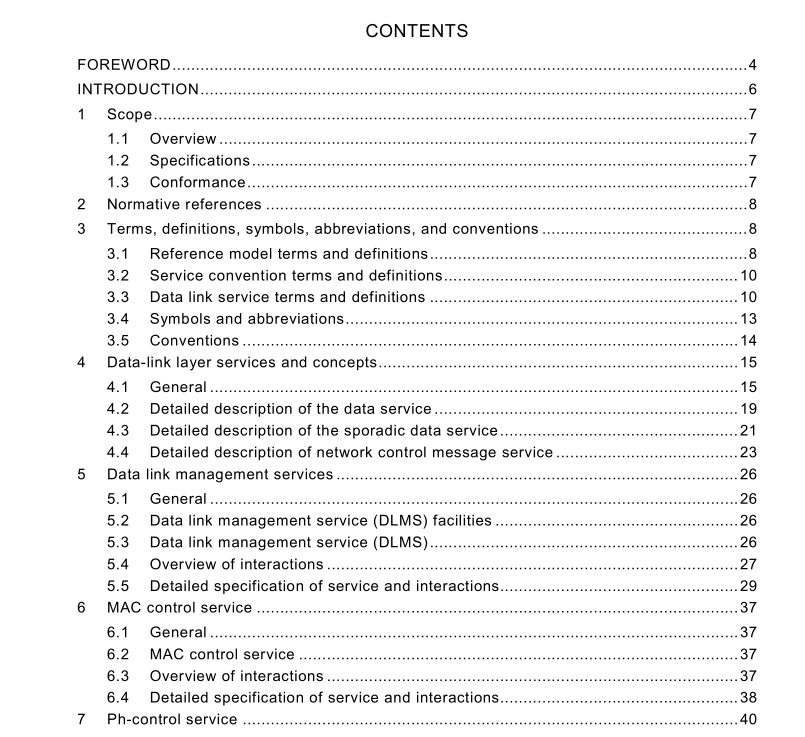
IEC 61158-3-21 pdf download Industrial communication networks – Fieldbus specifications – Part 3 21: Data-link layer service definition – Type 21 elements
3.5.2 Additional conventions
In the diagrams illustrating the DLS and DLM interfaces, dashed lines indicate cause and effect or time sequence relationships between actions at different stations, while solid lines with arrows indicate cause and effect time sequence relationships that occur within the DLE provider at a single station. The following notation, a shortened form of the primitive classes defined in 3.5.1 , is used in the figures and tables.
req: request primitive
ind: indication primitive
cnf: confirmation primitive (confirmation)
rsp: response primitive
4 Data-link layer services and concepts
4.1 General
4.1.1 Overview
This standard specifies the Type 21 data link services for an ISO/IEC 8802-3:2000 based time-deterministic control network, which is one of the communication networks for RTE. The communication services support timing demands typical of high-performance automation applications. They do not change the basic principles of ISO/IEC 8802-3:2000, but extend it toward RTE. Thus, it is possible to continue to use standard Ethernet hardware, infrastructure components, or test and measurement equipment, such as network analyzers.
The Type 21 DLL provides reliable and transparent data communication between two Type 21 end devices. The Type 21 DLL also guarantees abstract transparent data transfer between DL-users so that DLL provides flexible and convenient network connectivity to network users.
4.1.2 Overview of full duplex flow control A Type 21 device is based on an integrated switch with two ports (ring ports) connected to the ring. Therefore, a Type 21 network system is made up of full-duplex, collision-free switching devices configured as a ring or a line network. Figure 1 shows the full-duplex flow control procedure in a Type 21 network system. Type 21 guarantees collision-free data transmission between two devices linked by a full-duplex Ethernet connection so that the Type 21 DLL provides reliable, transparent, and collision-free data transmission to the DLS-users.
4.1.3 Types and classes of DL-layer service
4.1.3.1 Overview
The DLS provides transparent and reliable data transmission between DLS-users over Type 21 . The DLS is based on services provided by the physical layer of ISO/IEC 8802-3:2000 to the conceptual interface between the physical and data link layers.
Three types of data transmission services are provided.
Data service (DL-DATA) Data service is used to transmit a Type 21 frame to a destination device or devices using the priority option. DL-DATA service is a queued service using the RT-queue.
